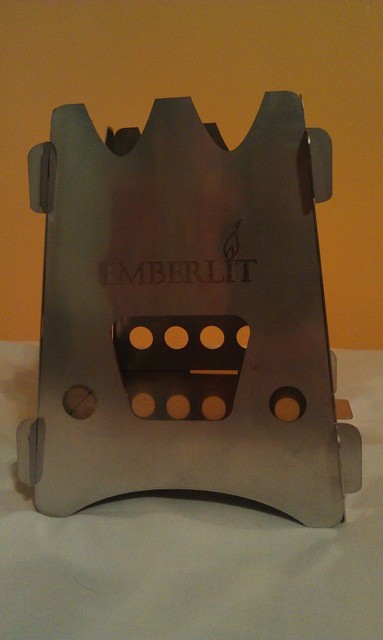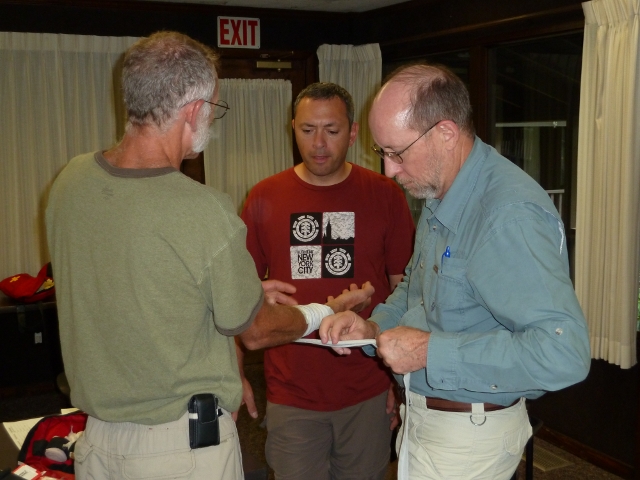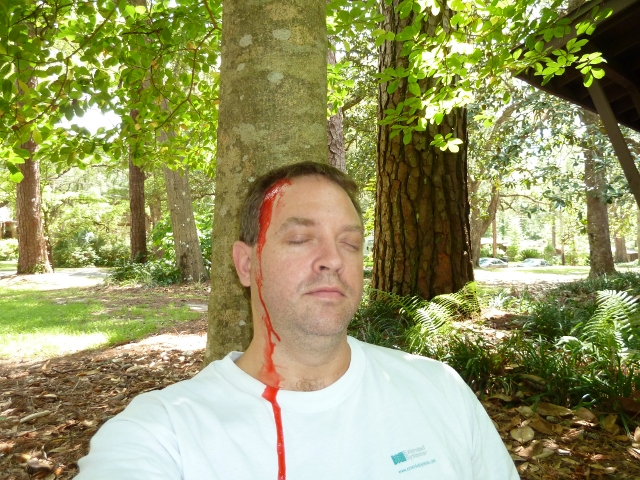
For the past two years I’ve been trying to find the opportunity to expand my first aid knowledge in a way that would be beneficial to my interest in hiking and outdoor activity. I wanted some backcountry knowledge in the event I need to treat myself or my friends. However, beyond that I wanted to step up my role in our local hiking chapter to assist as an activity leader. I realize that if I’m going to take responsibility for others’ safety then I need to add some tools to my arsenal. Putting myself at risk is one thing but I don’t want to do that to anyone else.
To this end I’ve had my eye on the Wilderness First Aid course for some time. Unfortunately Florida isn’t exactly the hotbed of backcountry adventure and finding such training has been a challenge. I lucked upon a course being conducted for volunteers with the Florida National Scenic Trail and since I want to use my skills as a Florida Trail Association Activity Leader I jumped at the chance. It meant a trip out of town and a hotel stay (which is where I’m writing this from) but it’s well worth it in the long run.
We had a full class today with about 16 students. It’s been great meeting folks we might be working with in the future. Even the FTA Executive Director is taking the course right along with the rest of us. Our instructor, Megan Eno, has done a great job of making some potentially dry information interesting and enjoyable. Sharing her personal experiences as well as student stories have helped break the monotony as well.
The Golden Hour
We started off discussing about the Golden Hour. In backcountry terms this is the time you have to determine if you can get the patient professional help or not. If not, then your wilderness skills kick in and your mindset has to change from immediate care until help arrives to a potentially longer-term care of stabilization and maintenance.
First Aid Kit
Next we discussed the basics of a backcountry FAK and addressed items you would add to a group kit. We also covered some luxury items and examined why some items can be left out of a backcountry kit that might be part of your home kit.
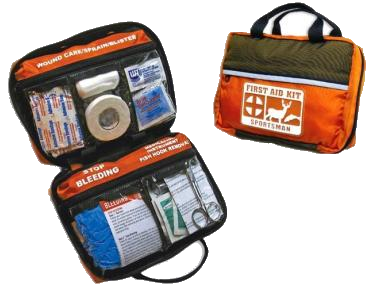
We also discussed the importance of avoiding certain things in your kit. For example, you want non-latex gloves to avoid latex allergies. We also discussed carrying non-coated aspirin since it acts faster and time may be critical if you’re dealing with a heart attack.
Good Samaritan
We talked about the Good Samaritan laws and what steps you must take to ensure you’re protected. Surprisingly we also learned that in Alaska and Montana you are legally bound to assist if you are first aid trained unlike the other 48 states.
First-Level Assessment
The three phases of Wilderness First Aid are:
Check is further broken down into:
- Check your scene
- Check your resources
- Check your patient
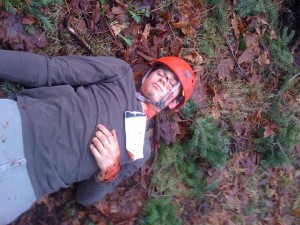
Anyone with prior first aid training is familiar with the ABCs – airway, breathing, circulation. In the backcountry we add D and E – disability and exposure. The bulk of the day was spent on these five areas and conducting the initial patient assessment both for unconscious and conscious victims.
We repeated various drills with various scenarios and swapped partners each time to broaden our interaction with others. We all have different styles, body types, etc. and all of these play into what we’ll do and how we’ll do it in the field. It was a great way of further cementing the knowledge.
Second-Level Assessment
Once we had a good grasp of the initial assessment we moved in to the second phase. This is broken down into three groups:
- Visual check (head to toe)
- Interview (SAMPLE)
- Vitals
This portion ended with a discussion of treatment, evacuation, and ongoing assessment.
Choking
We wrapped up the day talking about choking hazards and various ways of clearing them both in others as well as ourselves.
Closing
Megan’s real-life examples really added a great deal to the course and I think everyone had gained from them. It’s been very refreshing to have an instructor that’s engaging and visibly passionate about the material and its importance. I’m anxiously awaiting tomorrow’s day of “live-action” scenarios to test and reinforce the knowledge we’ve gained so far.






















